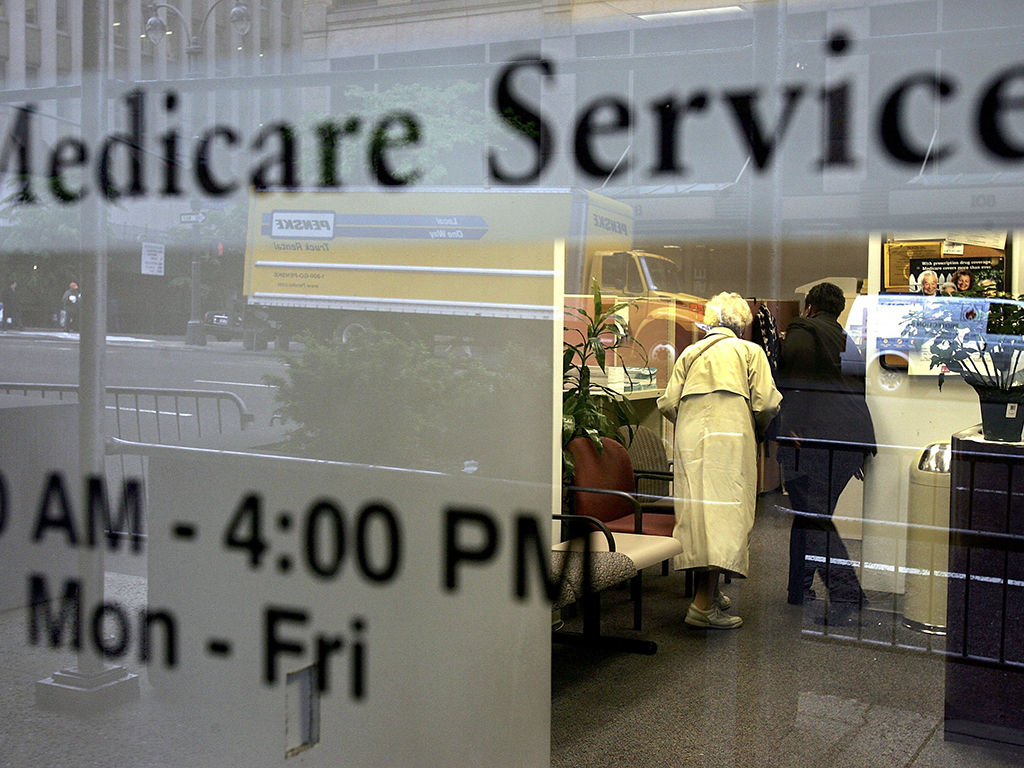University medical-centres cushion America’s vulnerable cities
The cities of America’s North East and Midwest have been hit hard by the decline of industry. University medical-centres have helped to give this region some economic relief

University medical-centres do more than provide healthcare - they have had an enormous impact on cities in America's North East and Midwest
Since the 1970s, through a mix of industrial automation and outsourcing, many American cities have seen the heart of their local economies vanish, taking with them secure employment prospects; think cars and Detroit, rubber and Akron, Pittsburgh and steel. Industrial decline across the West Coast has been offset by the internet and technology boom. Other important cities such as New York or Chicago have been able to weather the decline in industry, becoming major business hubs. Numerous old former industrial cities and towns scattered from the Eastern seaboard to the Great Lakes have not been so lucky.
All across America, towns have been built around state or private universities
From shop floor to care ward
Coinciding with this industrial decline, however, has also been the rising economic importance – along with expansion of both private costs and federal funding – of the healthcare and higher-education sectors, since around the 1970s. Many of these depressed rust-belt cities have become economically dependent upon large medical centres that provide both healthcare to citizens and carry out academic medical-research and teaching.
That certain towns are centred around, and dependent upon, a large university is nothing new in itself. The town of Cambridge in Massachusetts is reliant on Harvard. All across America, towns have been built around state or private universities. There is a pattern of the cities deindustrialisation left behind becoming economically dependent upon what is called the University-Medical Complex.
The economic impact of the decline of the shipping docks in Baltimore was immortalised in the 2000s TV show The Wire. The Maryland city is also home to John Hopkins University and Hospital, which boasts the best medical school in America, according to US News and World Report. This university medical-centre is the largest private employer in the city and its purchase of goods from Baltimore business was totalled at “more than $387m, directly supporting more than 2,400 jobs with these companies” in the financial year of 2010. Further up the East Coast in the state of Connecticut, is the city of New Haven. Once a centre of industry, Yale University – with its medical school – is now the largest employer in the city. The same is also true for Cleveland, for which University Hospitals of Cleveland, along with other medical centres, provide a large bulk of employment. Indiana University Health was the second largest employer in Indianapolis, Indiana in 2014. Further west, in Iowa City, University of Iowa Hospitals and Clinics was the largest employer in 2011.
The grey dollar
There is much fretting about the increasing average age of the American population. America, it is said, is on its way to having an ageing population like that of Japan, which presents economic problems. The North East and Mid West also both have one of the largest percentages of citizens over the age of 65. However, as the ageing population grows – and presumably it will continue to grow in the aforementioned areas it is most dominant – towns with large university medical-complexes are likely to benefit.
Pittsburgh is also a former industrial city in which the local medical university is the largest employer; The University of Pittsburgh Medical Centre boasts 48,000 employees. Pittsburgh has greatly benefited from this change in age demographics. As Harold D. Miller, Adjunct Professor of Public Policy and Management at Carnegie Mellon University’s Heinz School of Public Policy and Management, notes in the blog Pittsburgh Future: “Due largely to the many seniors who live here, the Pittsburgh region derives more of its income from transfer payments than any other major region in the country. That made a big difference during the recession – while total personal income in most large regions dropped by at least a billion dollars from 2008 to 2009, Pittsburgh was one of only five major regions that actually saw a small increase in personal income in 2009. Workplace earnings and investment income in the Pittsburgh region decreased in 2009, so if it hadn’t been for our high and growing level of senior-driven transfer payments, there would likely have been even more job losses here.”
The benefits of such university medical-centres are felt throughout the country. “US medical schools and teaching hospitals are substantial economic engines in terms of jobs, state tax revenues and economic growth,” Association of American Medical Colleges (AAMC) president and CEO Darrell Kirch, MD, told Stanford Medical School in 2009. There is also a cumulative effect. Ricardo Azziz, M.D., M.P.H., M.B.A., President of Georgia Health Sciences University, writing for the AAMC website, says that “[t]hese institutions also attract residents (faculty, staff, retirees) with greater-than-average economic capacity. By supporting cultural offerings that enhance a community’s attractiveness to higher-income families, these individuals further support a city’s growth.” Likewise, according to a 2009 study by the Association of American Medical Colleges, across the country, university medical-centres “had more than 1.86 million full-time employees and were directly or indirectly responsible for 3.3 million full-time jobs—meaning that one of every 43 wage-earners in the country is dependent on an academic medical center or affiliated hospital for income.”
While large university medical-centres may not be the entire solution to these cities of fallen-fortune, they have cushioned the economic blow. The future longevity of Medicare and Medicaid – upon which many residents using the facilities in these cities rely upon – may be in question, but for now they continue be a major source of income and provide much needed job security, both directly and indirectly.













